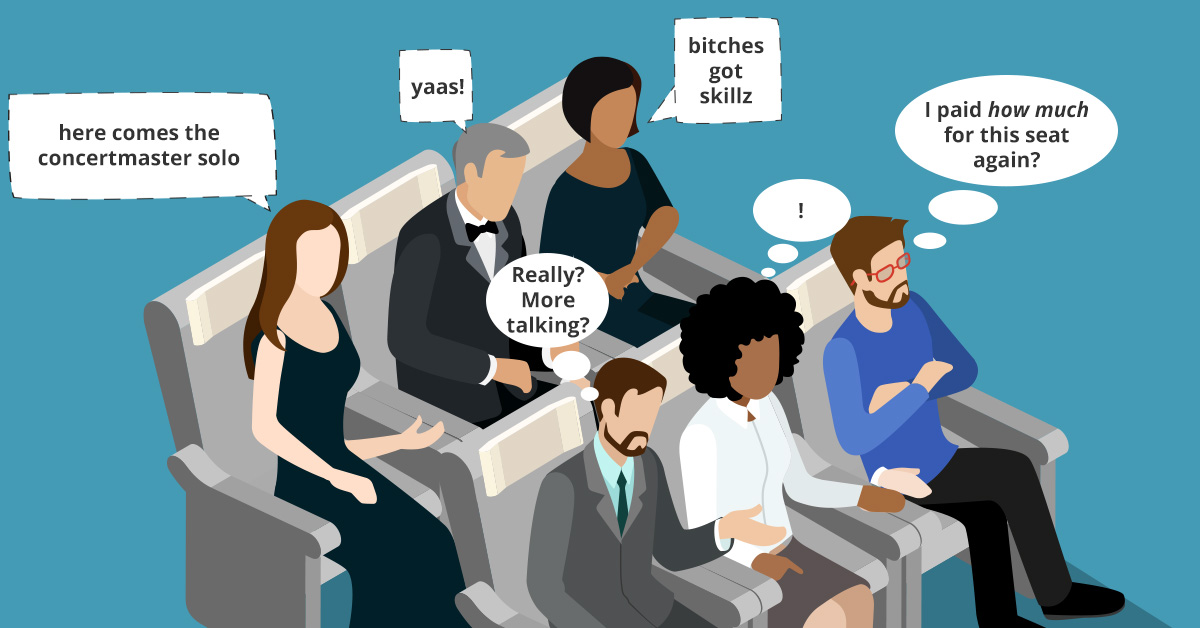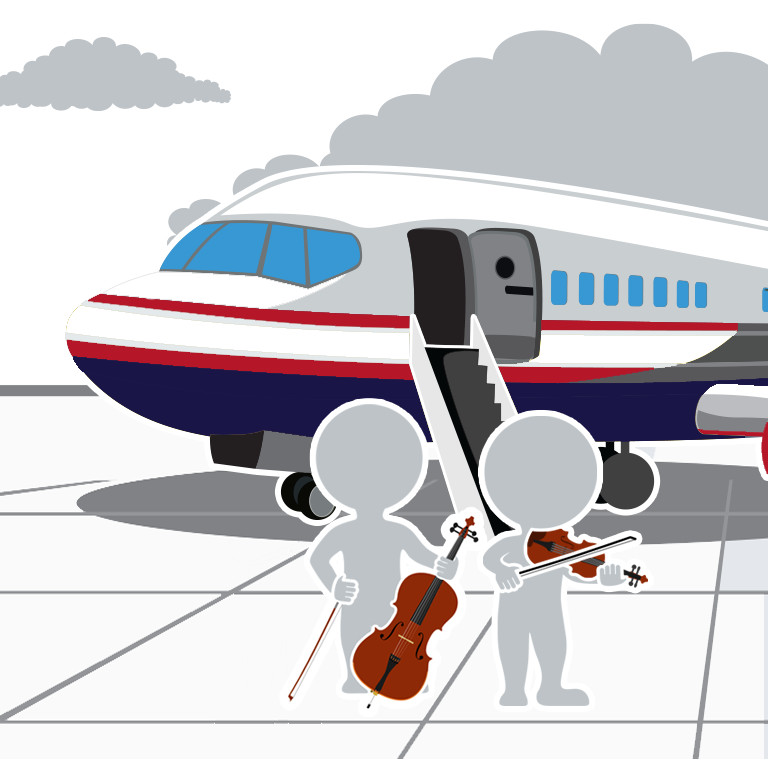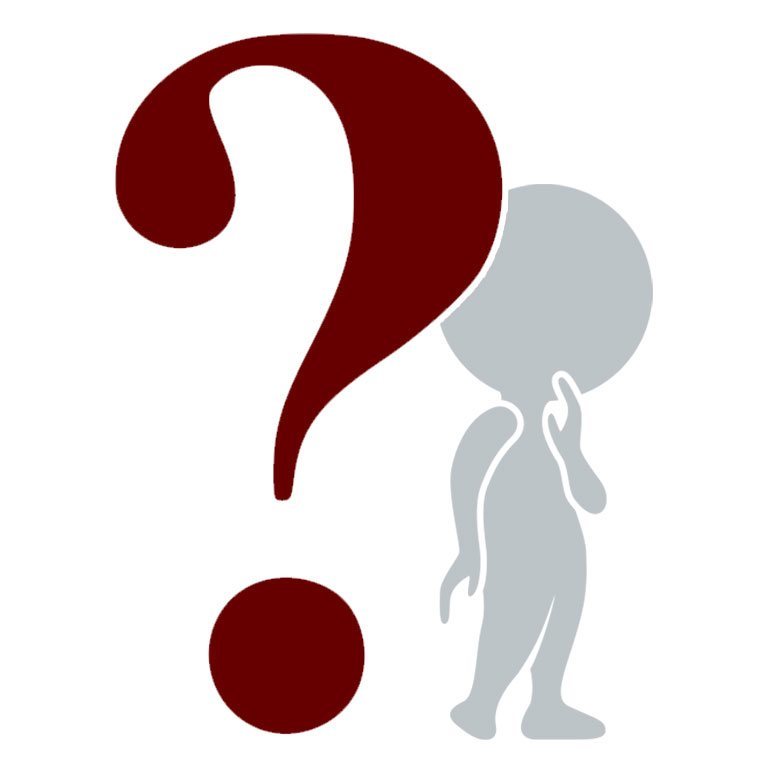I have something to confess: I wanted to make today’s post a rant against a sharp uptick in the number of instances where I’ve encountered artists behaving boorishly among patrons.
Although it sounds wonderfully cathartic, it would have ultimately run afoul of this blog’s Code of Conduct.
That’s when it struck me that the reason I’m noticing more and more artists doing an abysmal job at representing their institution (and by extension, the field at large) is because they aren’t being properly trained in how to internalize and implement a meaningful code of conduct.
The Duties and Responsibilities Of Artists As Institutional Representatives Is, At Best, Murky.
It’s a skill set few receive instruction on during their academic years and things are no better for those who secure positions inside professional performing arts organizations. Inadequate and nonexistent intake processes fail to correct academic shortcomings and the byproduct is artists meandering through their career as some sort of ill-will Typhoid Mary.
The lucky ones will encounter a colleague capable of pointing out these shortcomings in a respectful and thoughtful fashion or they simply learn lessons the hard way.
In the end, the lack of preparation and understanding damages their respective institutions, and by extension, the field as a whole.
This Is Where Codes Of Conduct Enter The Equation
Within traditional corporate culture, these issues fall under the larger umbrella of code of conduct policies.
Typically, a good code of conduct will stipulate expectations, consequences, and incentives. Having said that, it isn’t unusual to find organizations with nothing more than a basic conduct statement that resembles more of a value statement rather than an actionable policy.
Although a comprehensive policy is recommended, if your organization has nothing in place currently, here are some examples of you can use to get the process started (note the inclusion of employee-patron interaction):
Please note: this is not legal advice. The purpose of this post is to promote thoughtfulness and inspire positive action. As always, legal information is not legal advice; instead, speak to a lawyer or human resources professional about specifics.
Time and resources permitting, a code of conduct includes language and examples that intersect points of contact between all stakeholders. When crafting expanded policies, here are 10 guidelines to keep in mind:
- Emphasize expected behaviors rather than prohibitions.
- Encourage employees to seek guidance and make clear who they should contact inside the institution.
- Embrace easy to understand language and utilize real-world “user stories” to provide policy examples.
- Provide details but mind overall length.
- Consider diversity oriented perspectives.
- Expectations require training and support to be effective.
- Consider your budget when crafting expectations (artists working a few months per year earning $10,000 per year have less institutional buy-in than one employed year-round earning a living wage and benefits).
- Reference mission driven commitments to all stakeholders.
- Update your policy on a regular schedule, incorporating recent user stories when possible.
- We’re a creative field so be creative; consider using non-traditional learning aids.
Speaking of non-traditional learning aids, here’s an example:




